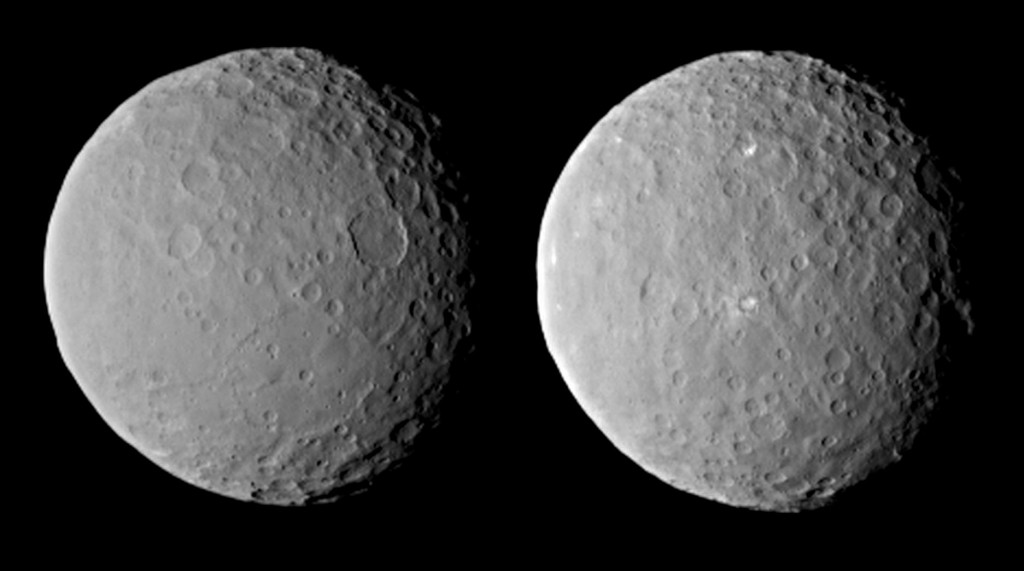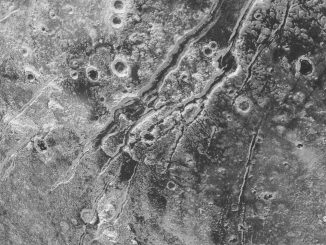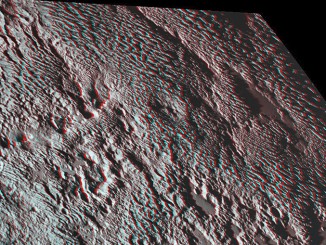
These views of dwarf planet Ceres were taken on 19 February from a distance of about 46,000 kilometres (29,000 miles) by NASA’s Dawn spacecraft. Dawn observed Ceres completing one full rotation, which lasted about nine hours, to capture both sides of this minor body.
The images, which were processed to enhance clarity, show the full range of different crater shapes that can be found at Ceres’ surface: from shallow, flattish craters to those with peaks at their centres.
Dawn is due to be captured into orbit around Ceres on March 6.
Inside the magazine
In the March issue of Astronomy Now, we preview the arrival of the Dawn spacecraft at Ceres, speak to the mission’s principal investigator and highlight the discoveries that could be made on this strange new world.
Never miss an issue by subscribing to the UK’s biggest astronomy magazine. Also available for iPad/iPhone and Android devices.




